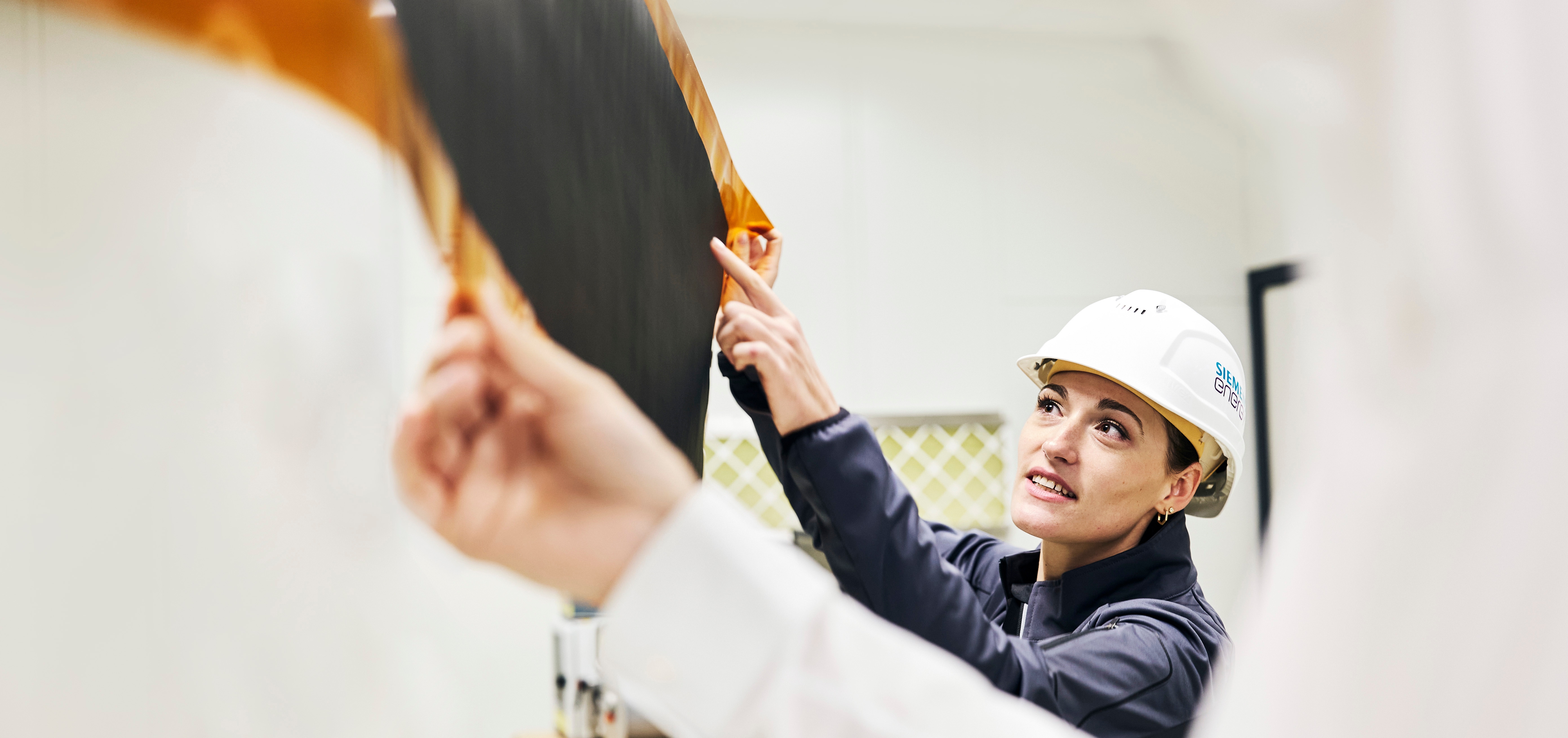
The future of hydrogen tech manufacturing
It’s a factory for the future. One of the first gigawatt-scale electrolyzer factories in the world implementing modern robots and digitalization for a highly automated production, the new Siemens Energy Electrolyzer Manufacturing plant in Berlin, Germany, is fast-tracking sustainable manufacturing and the renewable hydrogen economy.
“What a week,” says 47-year-old engineer Axel von Levetzow, Head of Manufacturing at the Siemens Energy Gigawatt Electrolyzer Factory in Berlin, a joint venture between Siemens Energy and Air Liquide. It’s late September, and von Levetzow and colleagues have been busy installing new machinery and steadily increasing production. At the same time they’ve been presenting their plans for electrolyzer production to industrialists, entrepreneurs and politicians – including energy ministers from all over the world.
Interest is high because the factory, complete with robots, automation and digitalization, is a centerpiece for climate action and the world’s ambition to reach net zero emissions with a renewable hydrogen economy. Starting this November, the factory begins its gigawatt-scale production of electrolyzer stacks, starting with 1 gigawatt in the first year, moving to 2 gigawatts by 2024 and reaching 3 gigawatts as soon as 2025.
“Before, customers would say, ‘We need energy,’ and we built power plants for them,” says von Levetzow. “Now we can even deliver everything they need for a complete green hydrogen strategy.”
Worldwide the new gigawatt electrolyzer plant in Berlin is the first to be highly automated with robotics and digitalization.
Scaling up renewable hydrogen production
In the factory hall, von Levetzow stops before a chart showing energy production and consumption in the different industrial sectors. A huge part of that chart, power generation, can be decarbonized via direct electrification, he explains. The real challenge has been to decarbonize hard-to-abate sectors like the chemical or steel industry, refineries, mobility, shipping and aviation. “The production of green hydrogen is how we make renewable energy available to all sectors of the economy.”
For the production of renewable hydrogen electrolysis stacks, Siemens Energy joined forces with Air Liquide. The joint venture partnership with a company that knows the needs of companies working with industrial gases well, produces synergy for both partners. “In order to quickly ramp up production and reach a scaling effect, we have to convince the market. And that can only be done with a strong partner like Air Liquide with their mastery of hydrogen along the whole value-chain,” says von Levetzow.
The global hydrogen demand reached 95 million tons of hydrogen per year in 2022. Steel production needs hydrogen as a reducing agent. Cargo vessel operators are now looking to source hydrogen for the production of methanol, and aviation and mobility will not be far behind. Today, most hydrogen is produced from coal or natural gas, resulting in the release of harmful emissions. This is why the ability to produce renewable hydrogen on a massive scale stands at the center of an energy revolution. With the Gigafactory, we are achieving this scale. But 3 gigawatts of electrolyzer capacity per year - what does that even mean? With an installed electrolysis capacity of this size, an average of 300,000 tons of renewable hydrogen can be produced per year when operated with renewable energies. Using this hydrogen as a substitute for fossil fuels could, for example, avoid the CO2 emissions of a large German city with a population of around 280,000 (Source: EDGAR - The Emissions Database for Global Atmospheric Research – europa.eu).
When mass production meets P2X sustainability
The buzzword is Power-to-X, or P2X for short. P2X describes the process of converting electricity from renewable energy into carbon-free “green” or e-Hydrogen for direct use as a fuel or feedstock. Moreover, it can also be converted further into climate-friendly e-Fuels such as e-Methanol or e-Ammonia.
The site in Berlin is one of the first industrial-scale electrolyzer factories in the world. And from the announcement in March until the opening in November, it will have taken only eight months to build a smart factory that sets new standards for the mass manufacturing of electrolyzers. In this time, engineers have been developing and scaling up new manufacturing equipment at the same time to fast-track production.
It’s no coincidence that Siemens Energy chose this location, where it produces its most sophisticated gas turbines for customers from all over the world. Over a century ago, steam turbines were being produced here, revolutionizing ship engines and industrial production. The same may be said about the electrolyzer production being booted up these days, although the muted humming of robots and machinery that is filling the 2000-square-meter facility is very different from what production was like a century ago. “We are pioneers,” says von Levetzow.
“We bring completely new technology to this location.”
Mara Mertens, Head of Technical Services for Siemens Energy Electrolyzer Manufacturing Gmbh.
“The decision to locate the electrolyzer factory in Berlin was driven by three points.”
Axel von Levetzow, Head of Manufacturing for Siemens Energy Electrolyzer Manufacturing GmbH.
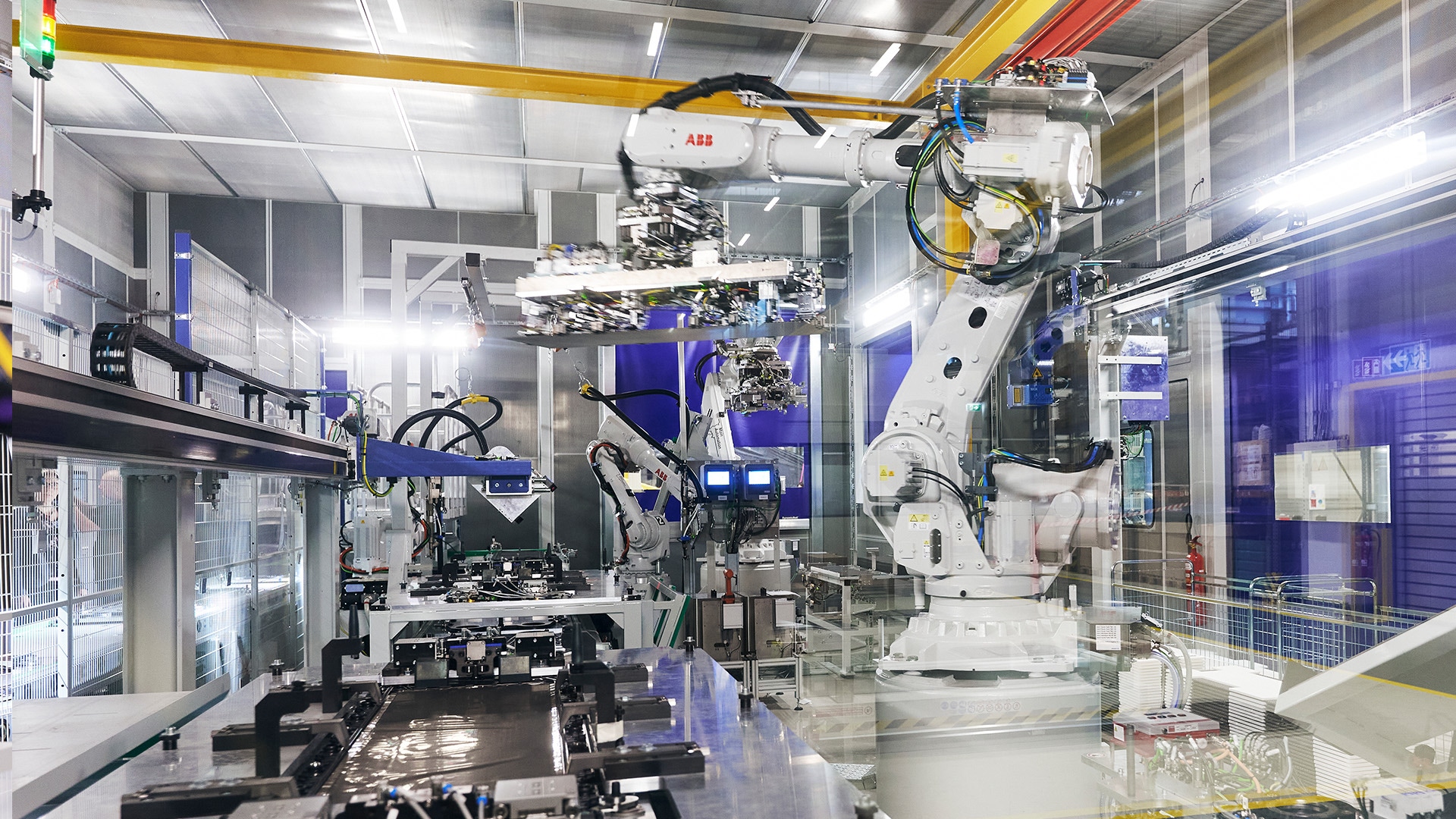
Robots like this one help automate the industrial production of electrolyzer stacks.

The production line at the new Gigawatt Electrolyzer Factory is highly automated.

The industrial production of electrolyzers at the Siemens Energy Plant in Berlin will help to make renewable hydrogen prices competitive with traditional fuels.
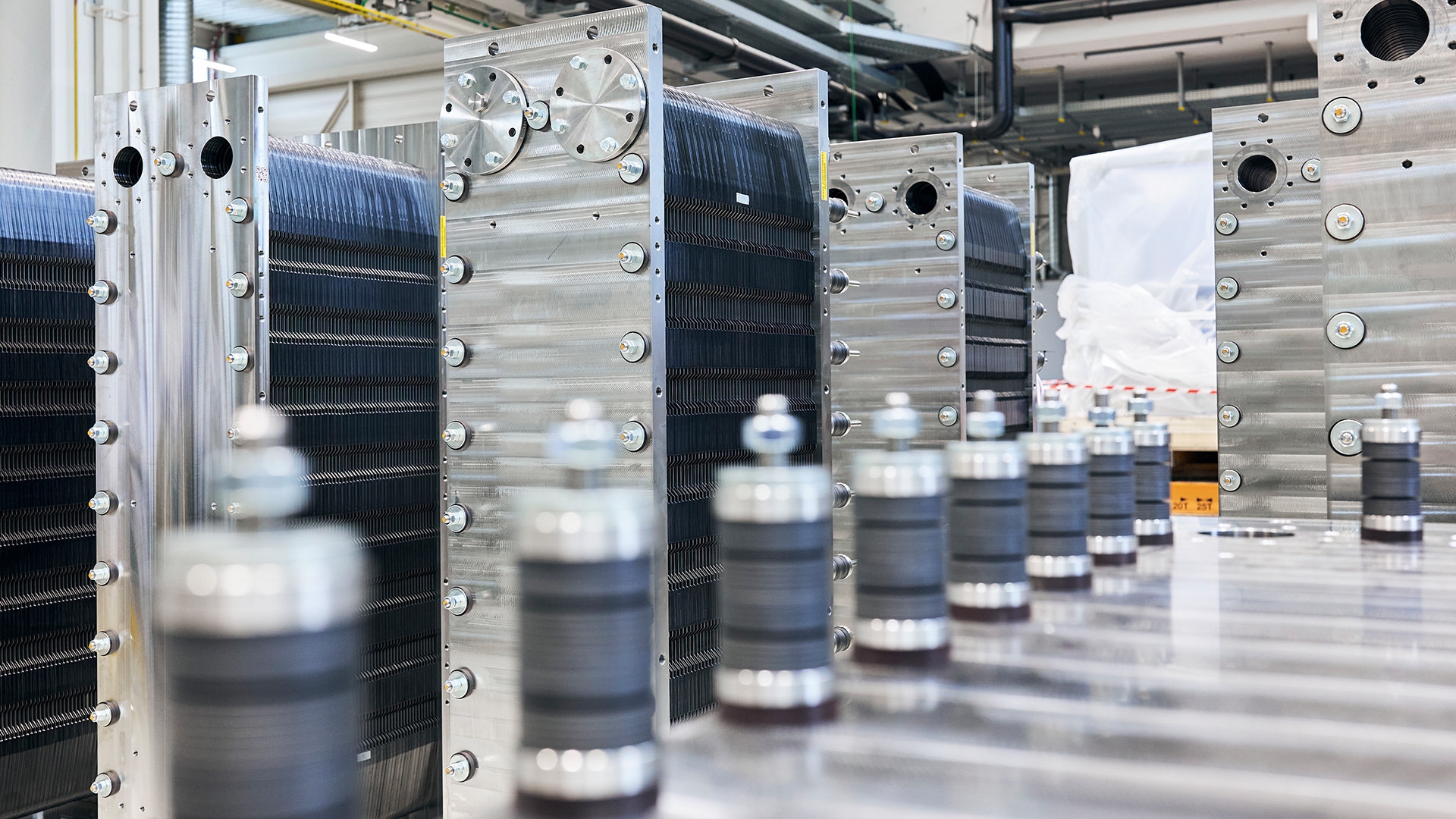
Powerful electrolyzer stacks like these form the centerpiece of renewable hydrogen technology.
Robots with a gentle touch
“Here at our production site in Berlin, we have a lot of experienced colleagues who know how to ramp up production and develop solutions with suppliers,” says Mara Mertens, Head of Technical Service at the plant. “This project is anything but plug and play.” She also points out that Siemens Energy has been closely cooperating with its long-term partners in the mechanical engineering industry: “It’s one thing for robots to handle spare parts in the car industry. But it’s much more difficult if they have to handle highly sensitive membranes with ultrathin layers.”
Mertens and von Levetzow studied mechanical engineering with a focus on renewables in the 2000s, when the field was driven by – as they put it – “idealists.” Then von Levetzow spent years further developing gas turbines, while Mertens traveled the world commissioning hydrogen-cooled generators at plants from Brazil to Egypt. Now they’re excited as never before about a project leading the way into the future of energy: “Each of us is ready to go the extra mile,” says Mertens.

We’re seeing the moment when the train takes off.
Head of Manufacturing, Siemens Energy Electrolyzer Manufacturing
Automating the production of PEM electrolyzers
And the extra mile is what it takes. The technology of proton exchange membrane (PEM) electrolysis is simple and some decades old: Water passes by a membrane and is split into hydrogen and oxygen. But the challenge is to scale the production to industrial volumes.
Up to now, at its former production location, Siemens Energy still used a lot of handwork. But the new factory is highly automated: Coating machines apply a thin platinum layer to the membrane on the one side and an iridium layer on the other side. “The challenge is that the layer has to be very thin, because the raw material is expensive, but thick enough to make the membrane reliable,” says Mertens. At the end of the line, containers are filled with the punching waste: All of that gets recycled, for ecological reasons, but also because of the value of the leftovers of platinum and iridium on the membrane.

Production of ultrathin membranes for the PEM electrolyzers.
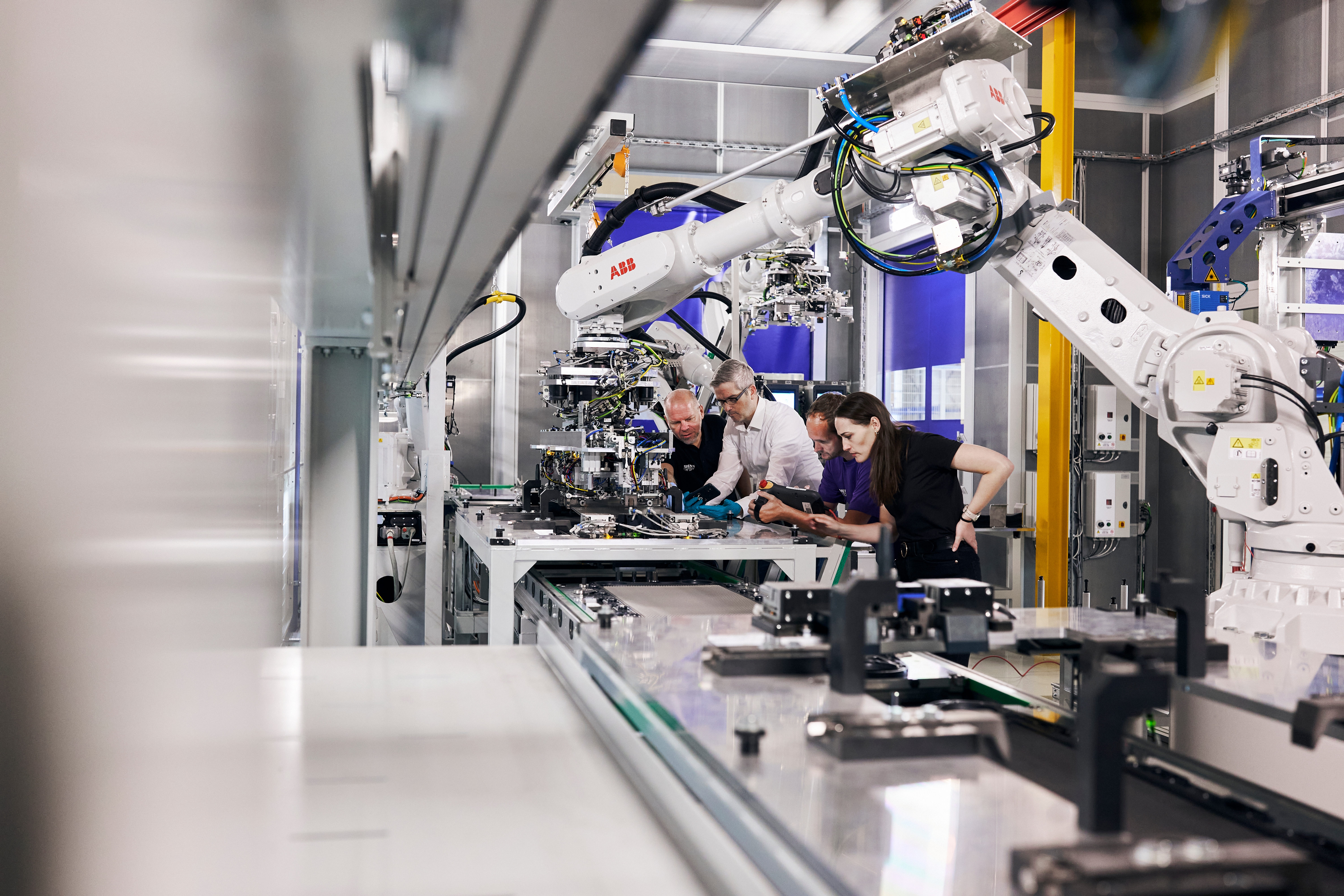
This process requires robotics capable of handling highly fragile material.
Then the membrane gets laminated and pressed into rectangular forms, put into frames and finally assembled into the so-called stacks, about the height of a door. Then every stack gets transported to another hall to test the performance. At other manufacturing locations such as Mulheim, the stacks are assembled into the final product – an electrolyzer system consisting of four-by-six stack arrays and process parts that can be easily packed and transported to the construction site of the customer.
The fully automized camera quality control at the new factory is crucial: It can detect the slightest unevenness in the coating of the membrane – which could later lead to a less efficient functioning of the stacks. Most components are serialized, many components get optically scanned. “We’ve got all the data from the stacks up to the iridium charge that was used during production,” says Mertens. “We get a digital twin of the production. That allows us to secure high quality of our products – and further develop the production every day.”
“Do you remember the times when solar energy was very expensive?” asks von Levetzow. “Then production was scaled up, and the prices of solar panels started dropping, making its production competitive. The same is about to happen with electrolysis. We’re seeing the moment when the train takes off.”
November, 2023
Berlin-based journalist Moritz Gathmann has been reporting since 2004 for numerous media outlets, including DER SPIEGEL and the Frankfurter Allgemeine Zeitung.
Combined picture and video credits: Siemens Energy

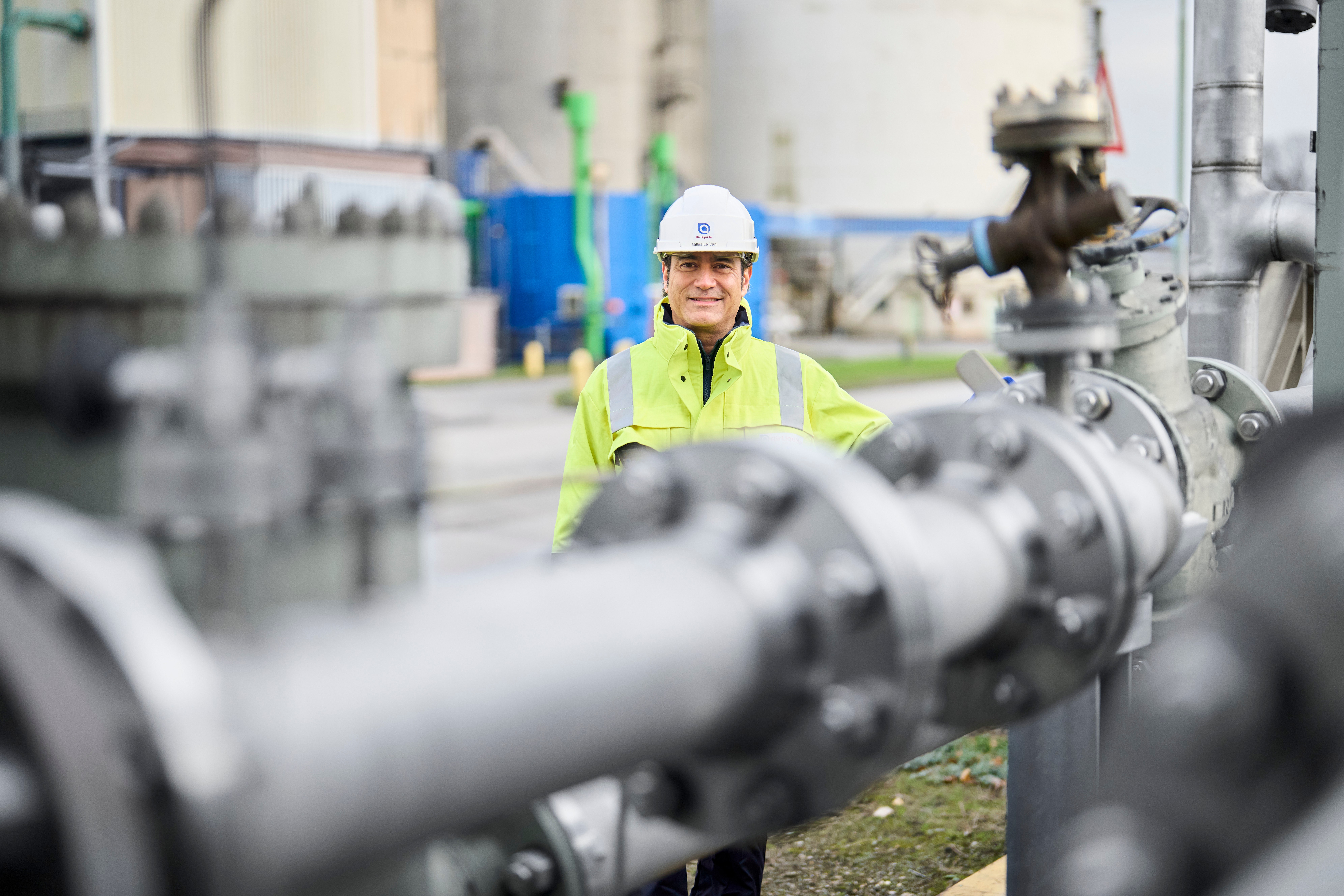
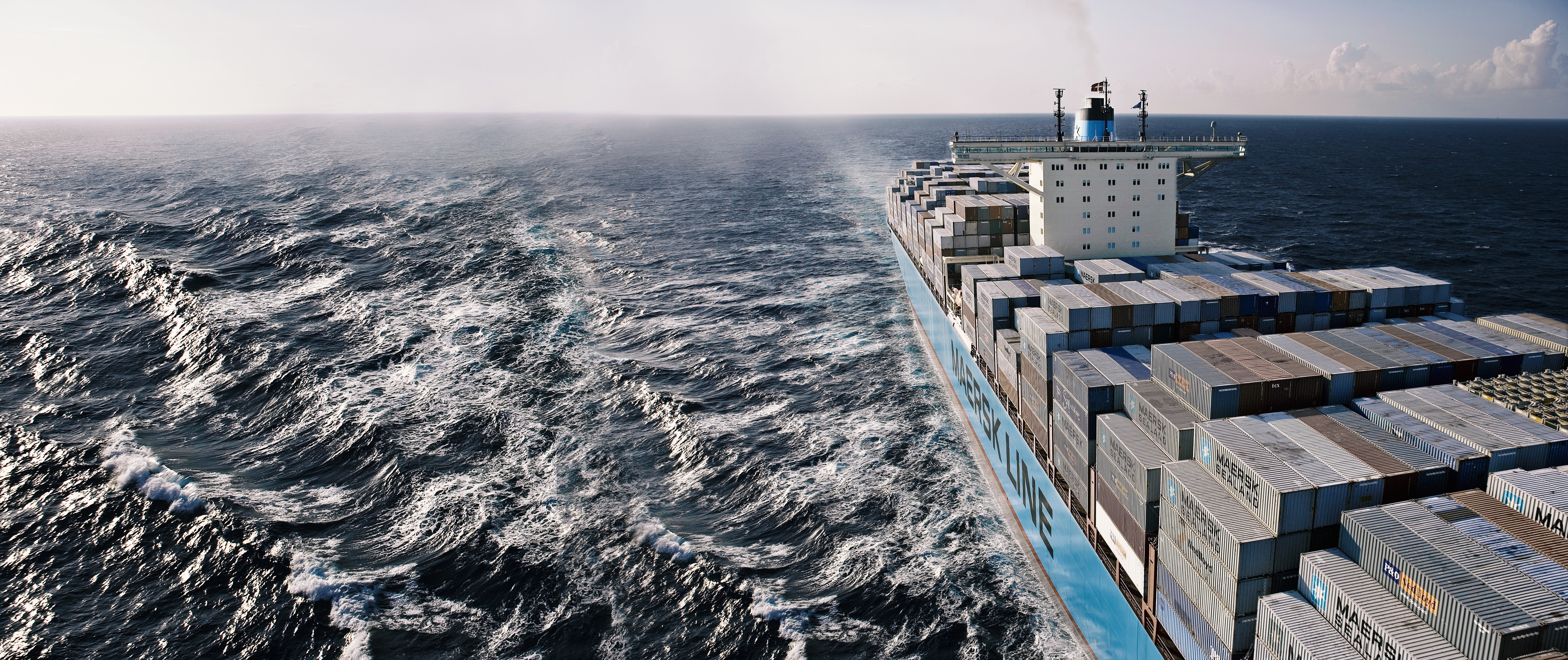

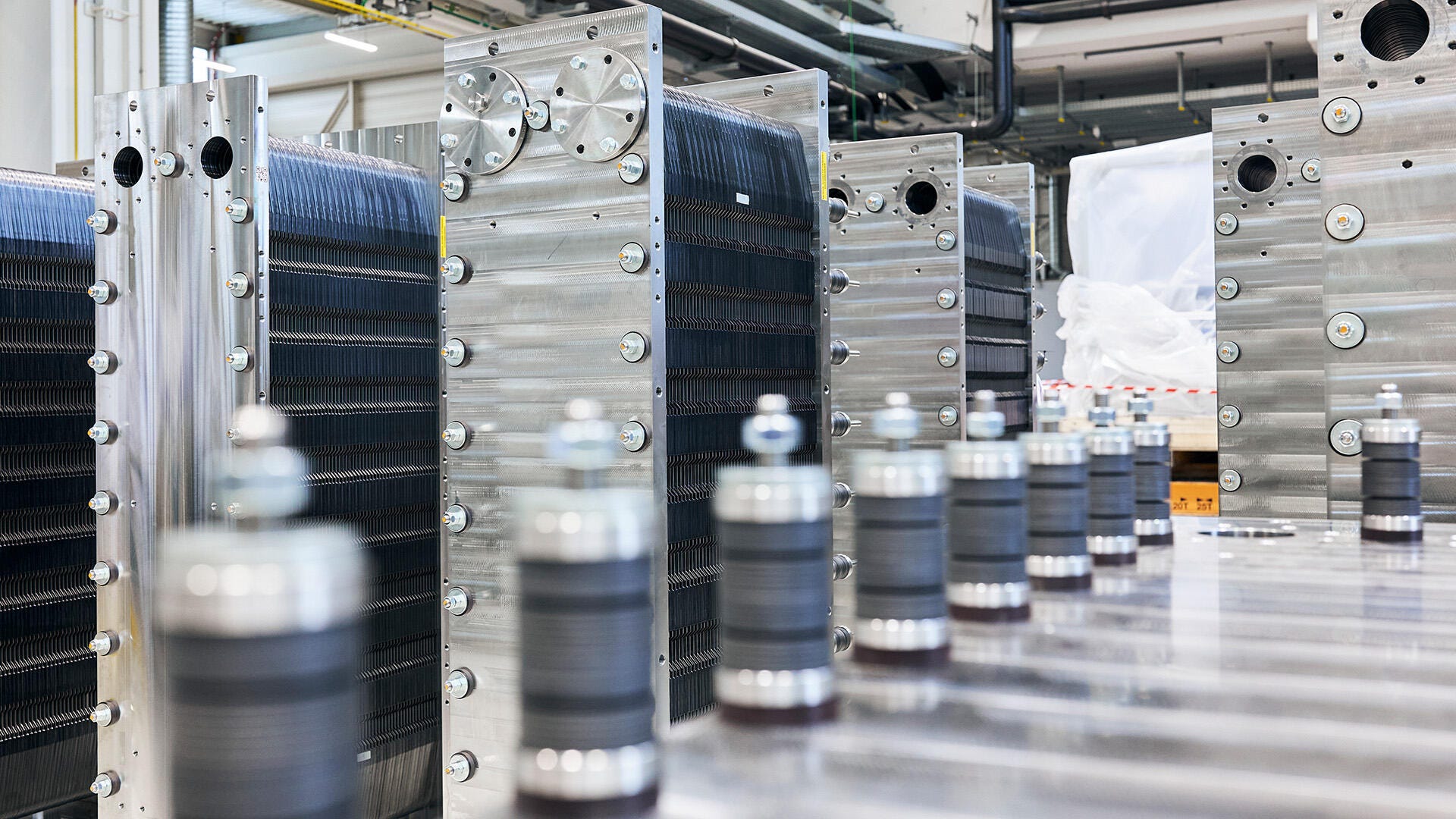
.jpg)